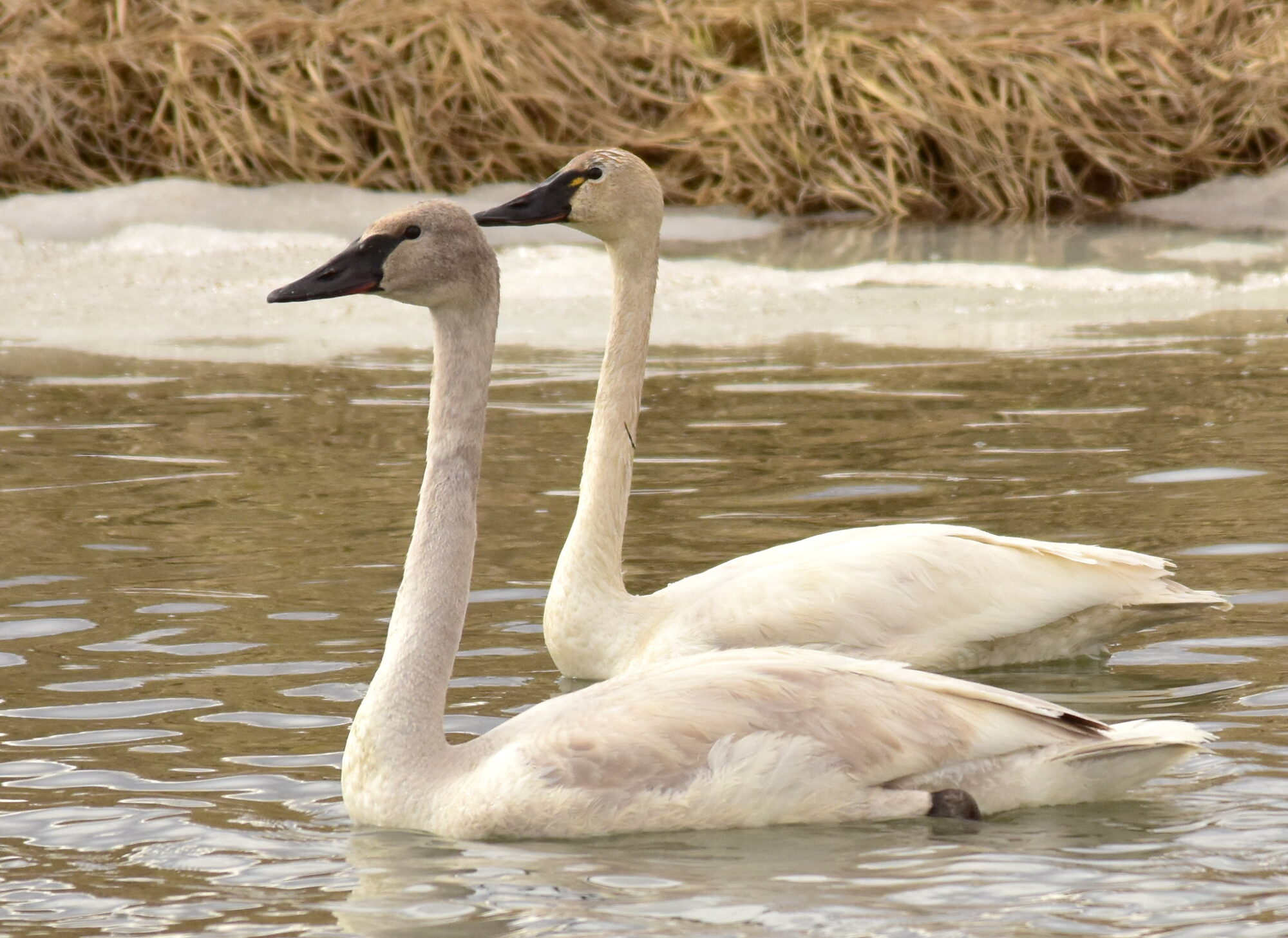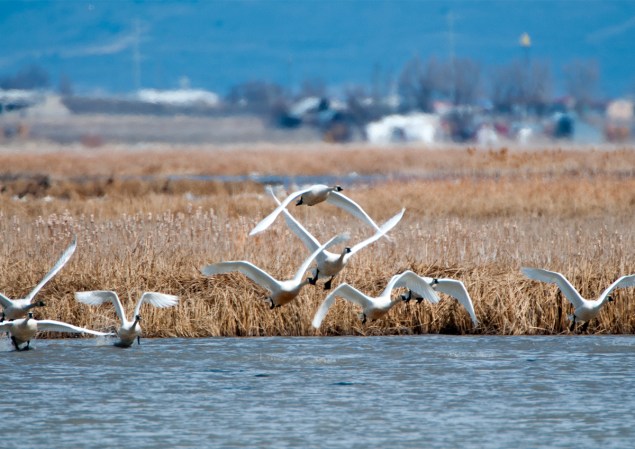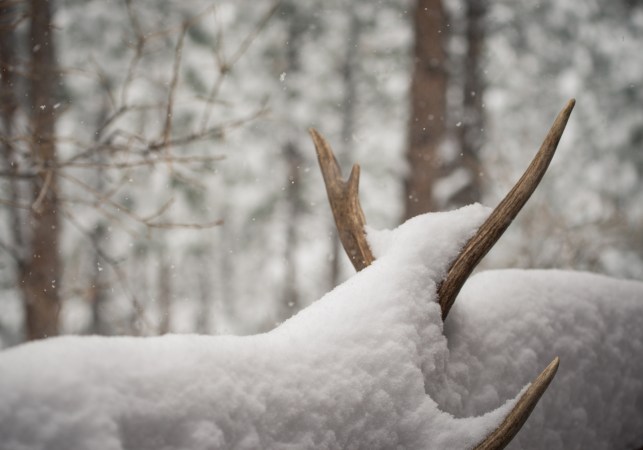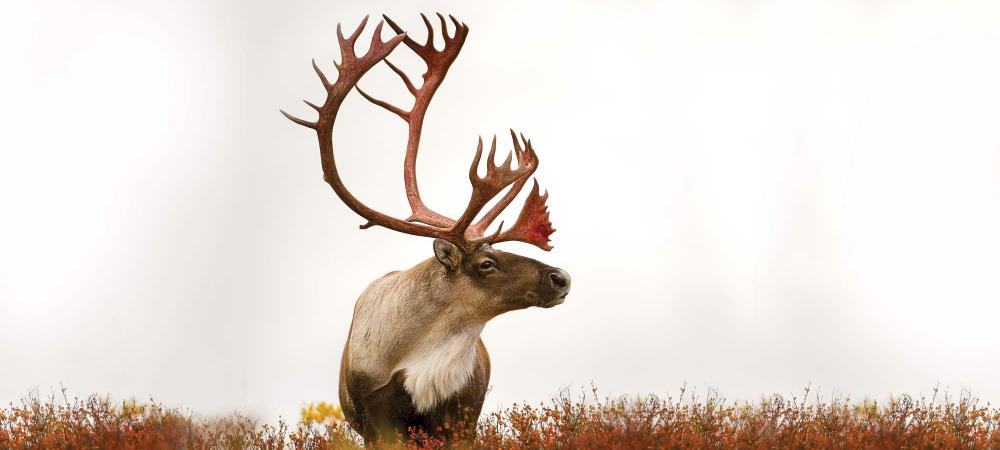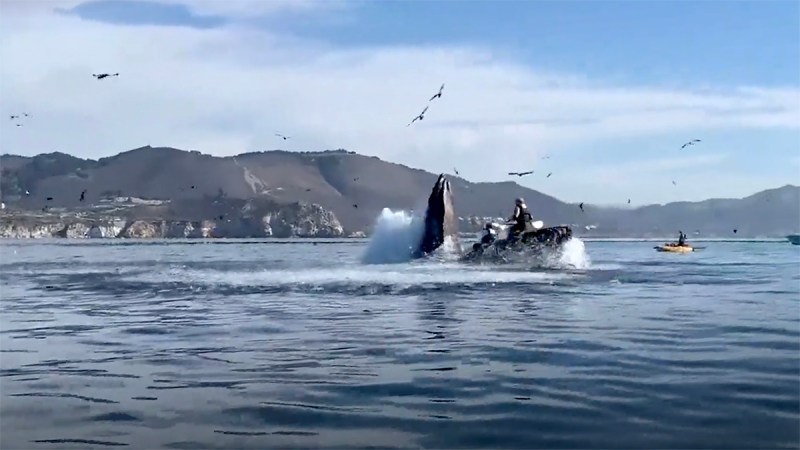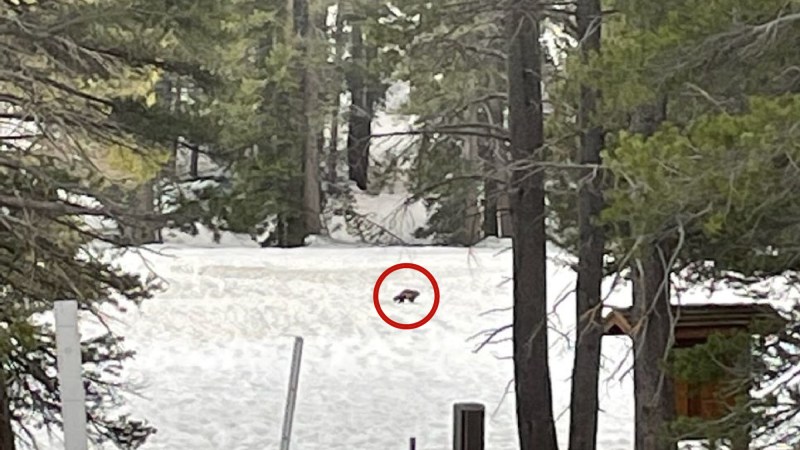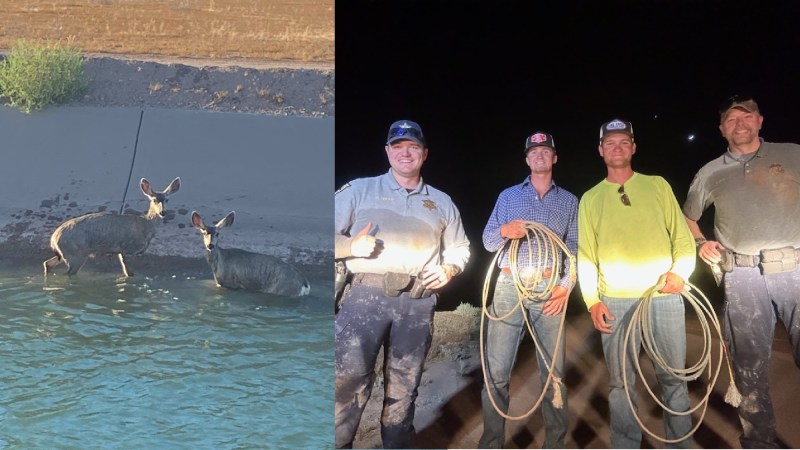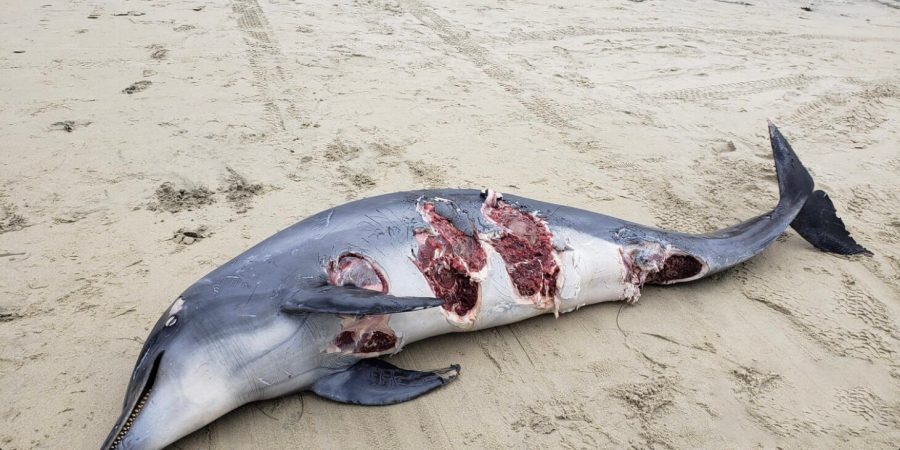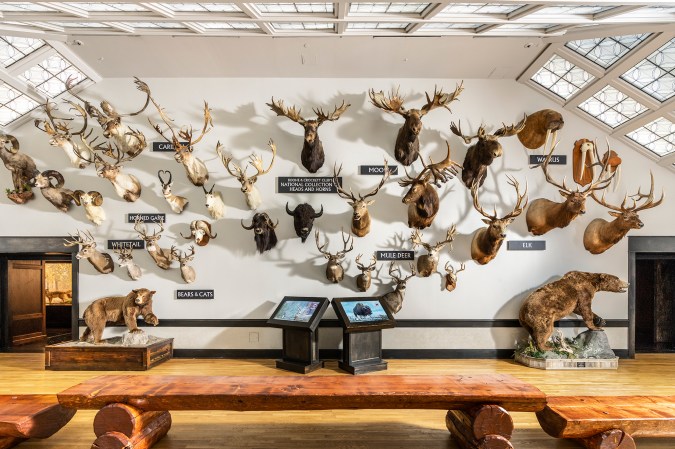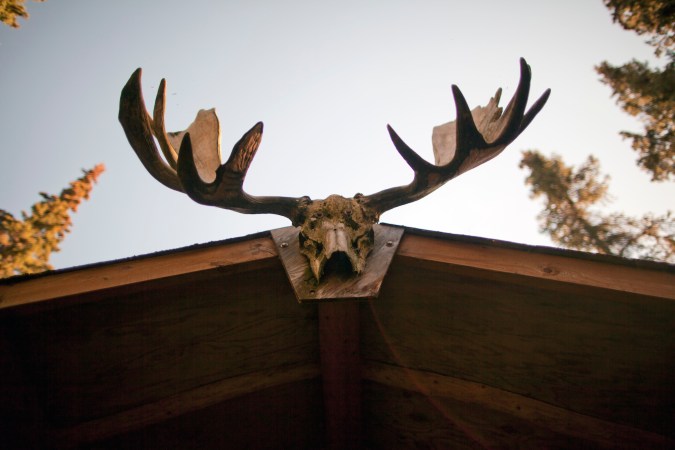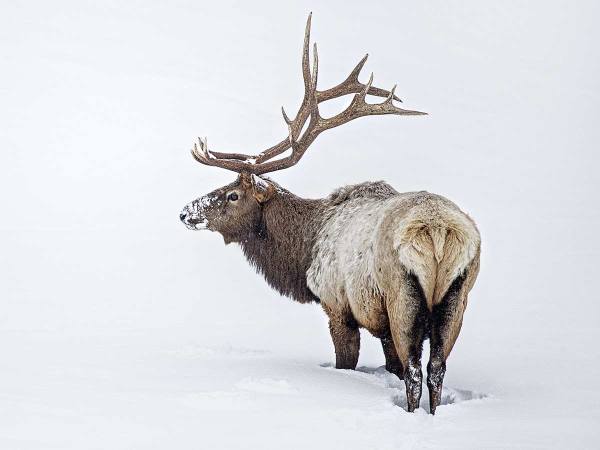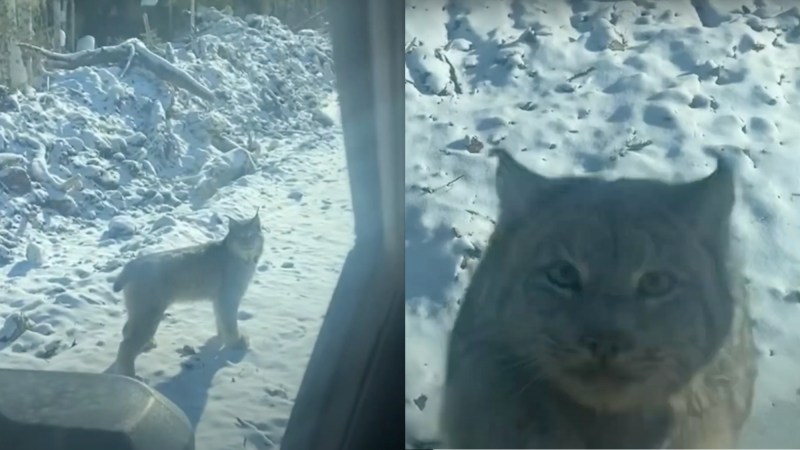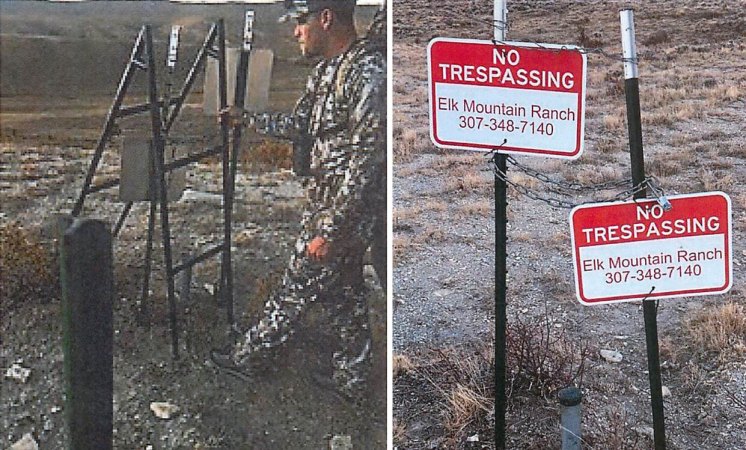The Utah Department of Wildlife Resources has approved a plan to eliminate all legal trumpeter swan harvest for the upcoming waterfowl season. The rule change, which DWR approved at a public meeting on June 8, is intended to give Utah waterfowlers a full tundra swan season.
For anyone who has held a Utah swan tag over the last four seasons, the opportunity has probably felt more like a race against the clock than a hunt for a limited-opportunity species. In previous years, the DWR shut down the entire tundra swan season as soon as 20 trumpeter swans had been killed statewide. The trumpeter swan quota, which was intended to avoid criminalizing tundra swan hunters for identification mistakes, has ended the entire season early for four years in a row–most recently by 24 days in 2022. That’s due in part because some hunters intentionally target trumpeters.
Related: Some Hunters Target Trumpeter Swans. Utah Wants to Stop It Before All Swan Hunting Gets Shut Down
“It’s fairly contentious,” Backcountry Hunters and Anglers Utah chapter chair and waterfowler Perry Hall says of hunters’ reactions to the new rule. “There’s a contingent here that will be upset because they’re interested in targeting trumpeters.”
Now, some hunters fear criminal penalties for shooting the wrong bird. Other hunters are relieved that this rule change will better insulate the state’s tundra swan season from attack by environmental groups.
Those hunters gaming the incidental-take quota for tundra swans ultimately prevented hunters who hadn’t yet killed their tundra swan from continuing to hunt. The rule change is supposed to give those hunters their full season back, while further protecting the federally-managed trumpeters in the process. (Trumpeter swans were removed from the endangered species list in 1968 and number around 63,000 globally, but the U.S. Fish and Wildlife Service still manages harvest quotas.) The DWR has not specified the consequences for a tundra swan hunter who shoots a trumpeter this coming season.
“[The rule] has always been ‘Hey try not to shoot these swans, please,’” Hall says. “Now, it’s ‘You cannot shoot these birds.’”
The Trumpeter Obsession
Amid a growing tundra swan population, Utah increased its available swan permits from 2,000 to 2,750 and USFWS raised the trumpeter quota from 10 to 20 in 2019. Trumpeter harvest had never reached its limit before—until that year.
“Prior to 2019, we’ve only had 20 harvested trumpeter swans recorded in the state,” DWR upland game coordinator Heather Talley said in a presentation about the proposed rule. “Since 2019, 85 trumpeter swans have been reported in Utah’s harvest data.”
And then there are the hunters who have no interest in shooting a trumpeter swan, but still fear punishment for false species identification. For those folks, swan hunting might look a little different with these new rules in place, Hall says, using the challenges of identifying ducks for comparison.
“People are going to shoot too many mallard hens because they thought it was a gadwall coming into the spread. I’ve been hunting ducks for years and sometimes I still make that mistake,” Hall says. “[False identification] is going to happen, people are going to get in trouble for it. This is why antler restrictions don’t always work. If someone accidentally shoots a two-pointer and there’s a two-point antler restriction, some of them will walk away and shoot a three-pointer instead. There’s always that risk.”
Hunters can distinguish trumpeters from tundras by their trumpet-like vocalizations and large size. They also lack the telltale yellow markings near their eyes. Utah DWR already requires that all swan hunters take an orientation course on species identification before opening day. But beyond that, hunting within the bounds of the law will be up to the hunters themselves, Hall says. This might mean changing up their strategy.
Read Next: What Happens to Duck Hunting When the Great Salt Lake Dries Up?
“People will probably spend a lot more time trying to get the birds to decoy rather than pass shooting,” he says. “Having done a lot of both, I’d rather get the birds to work into a decoy spread. It’s more fun. But a lot of people will have to do a little bit more work. It’s not ‘no harm no foul’ anymore if you shoot the wrong species. These hunters will have to get the birds in close.”

